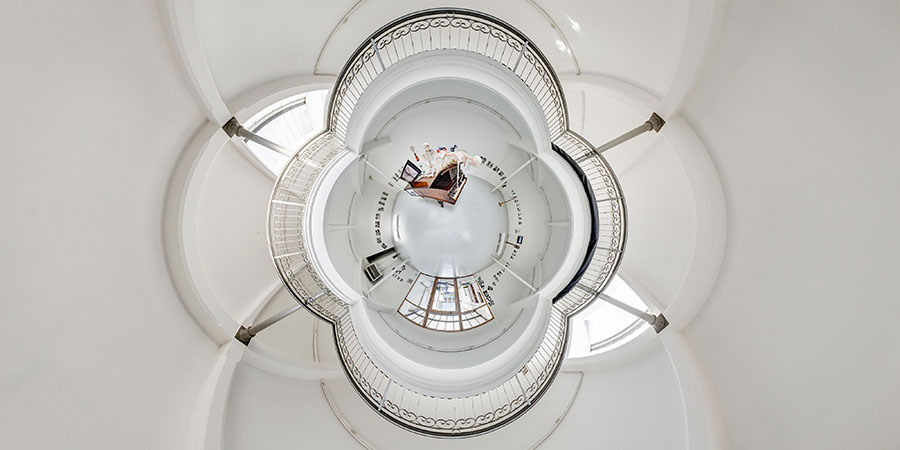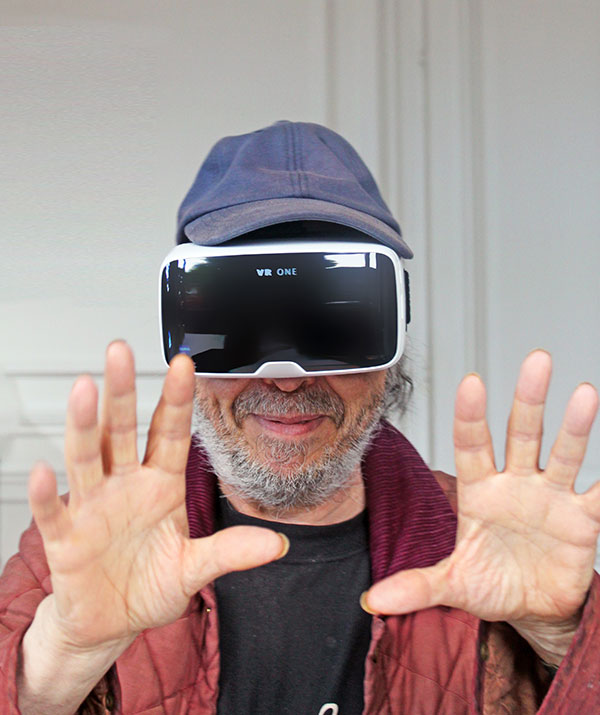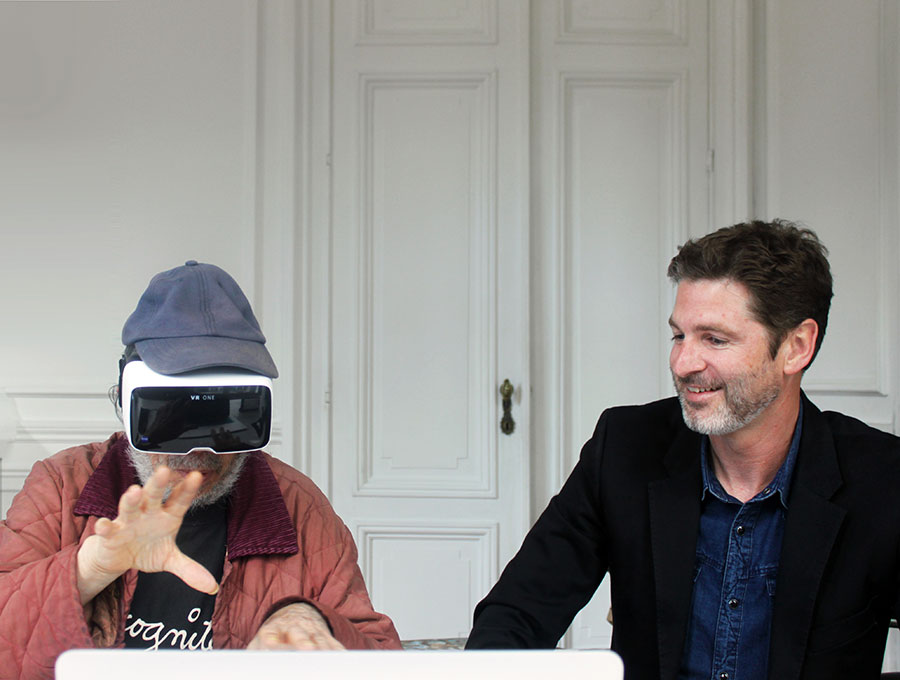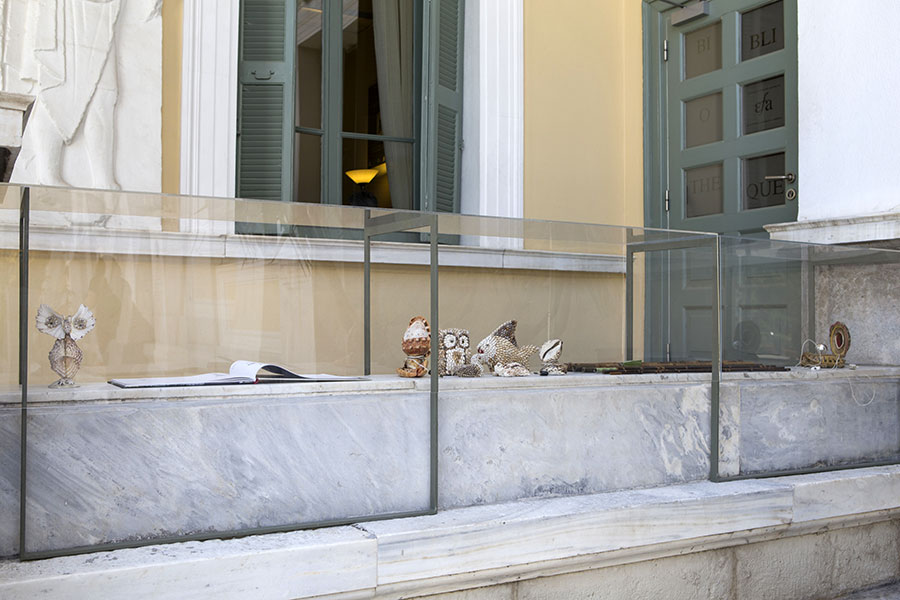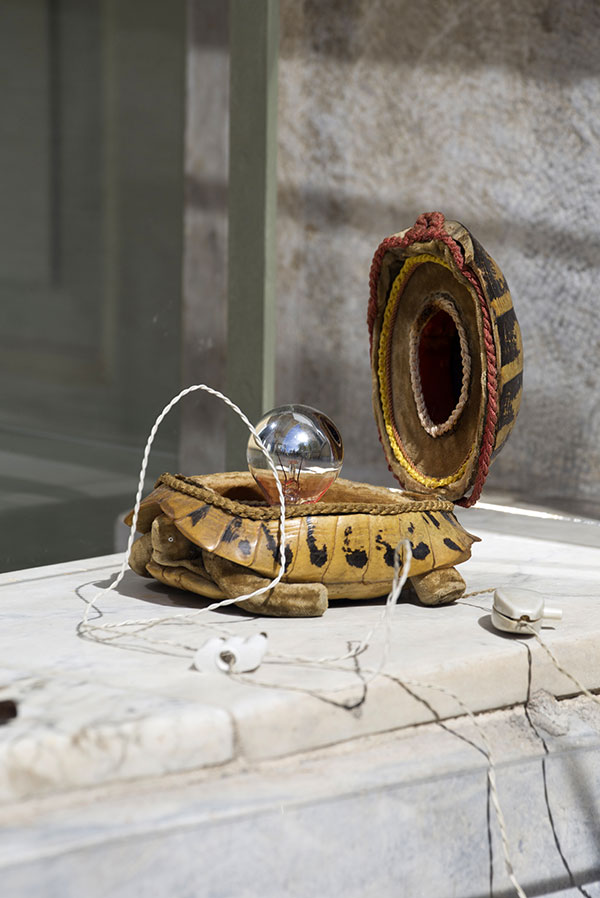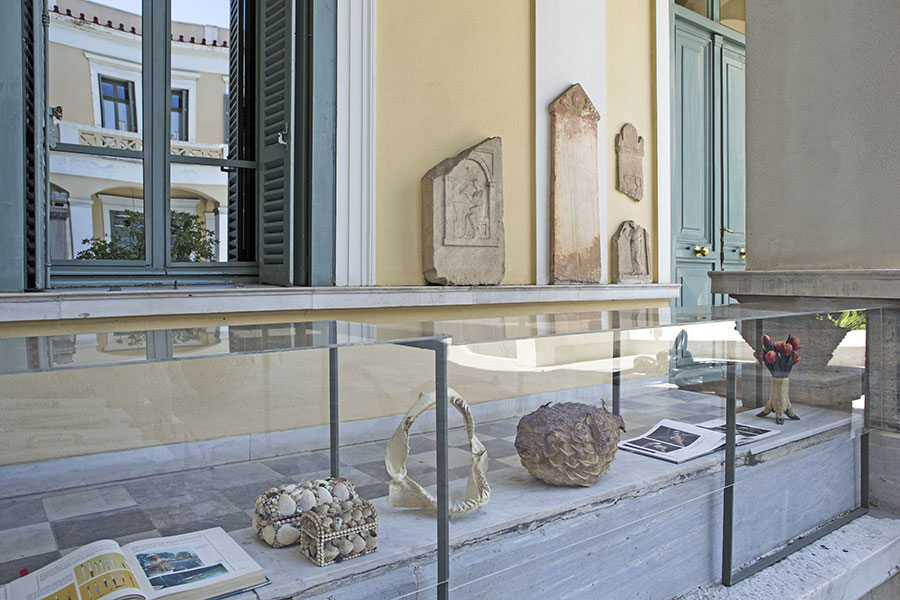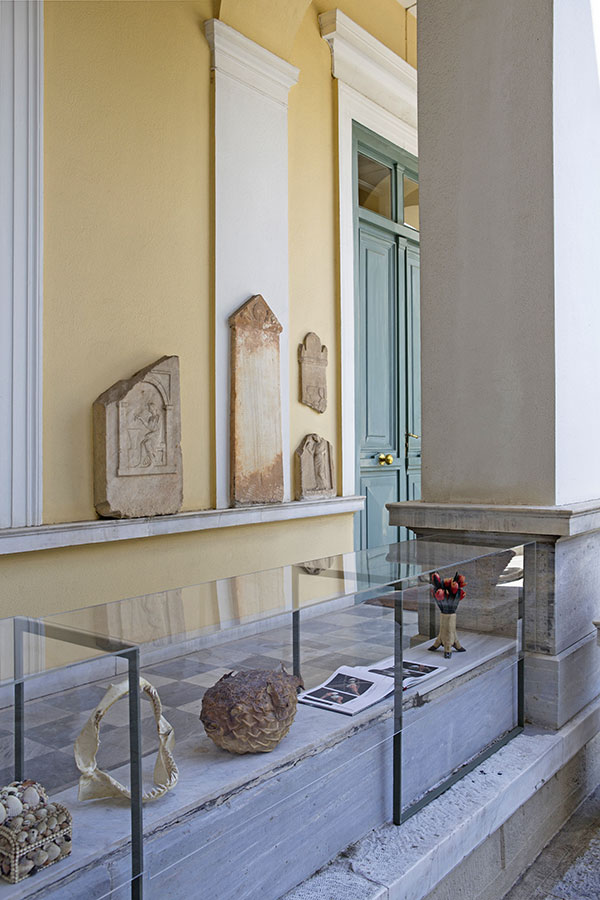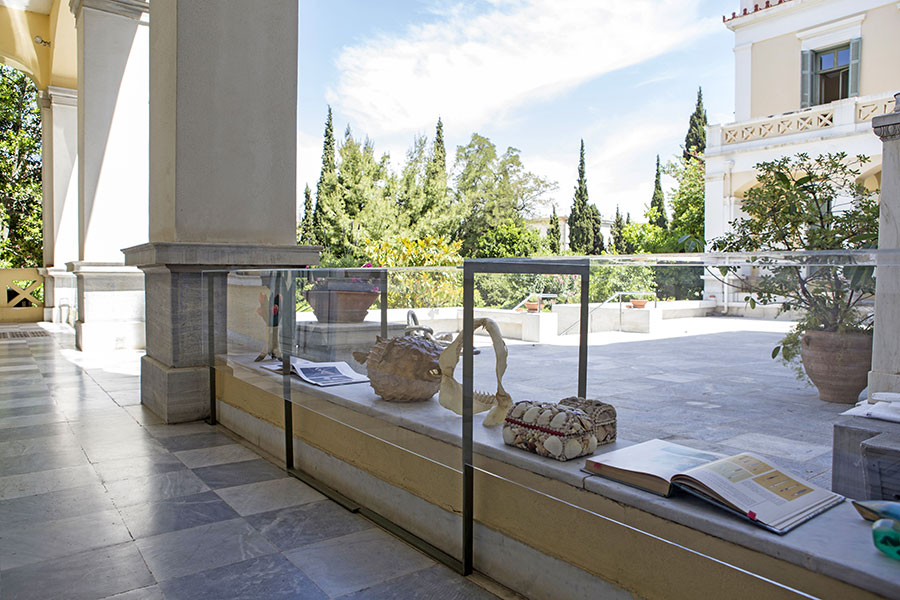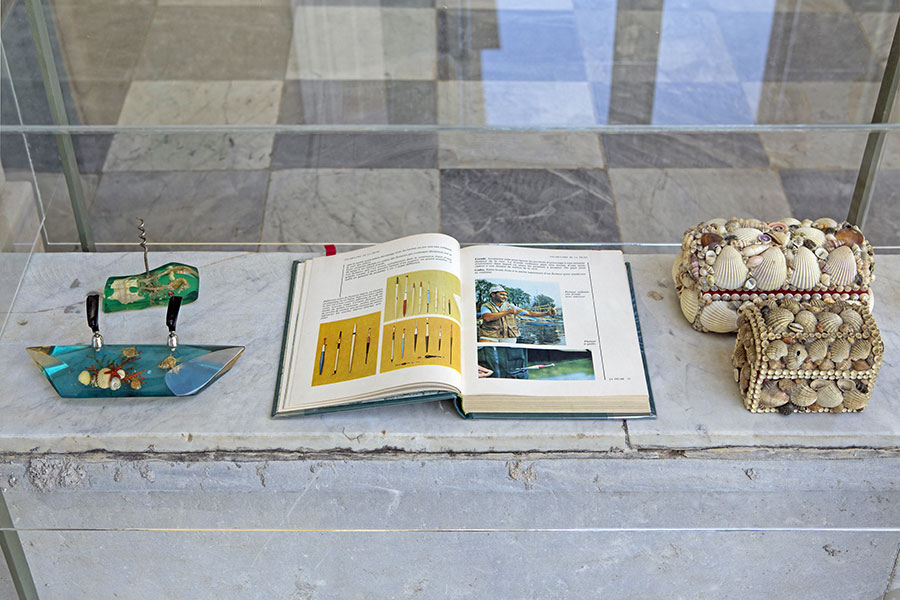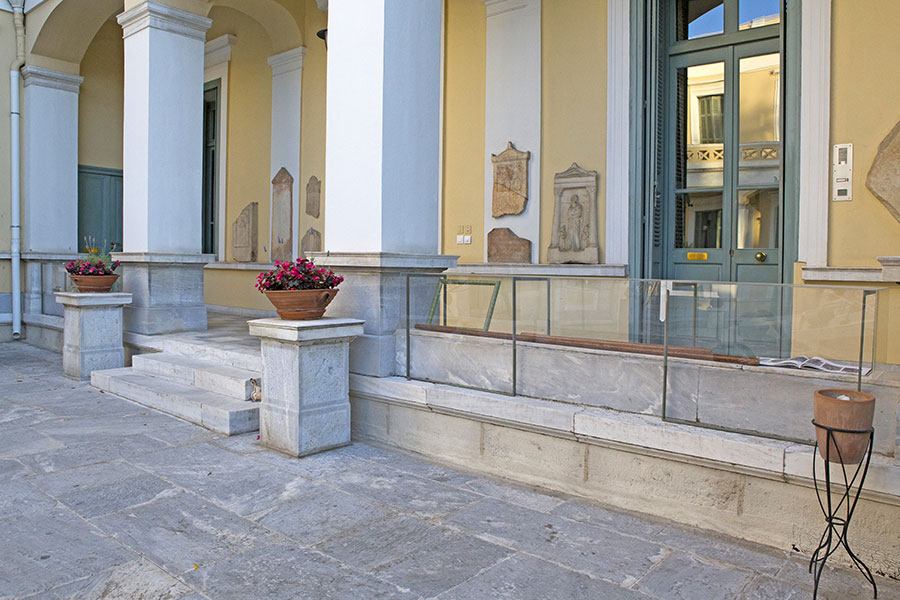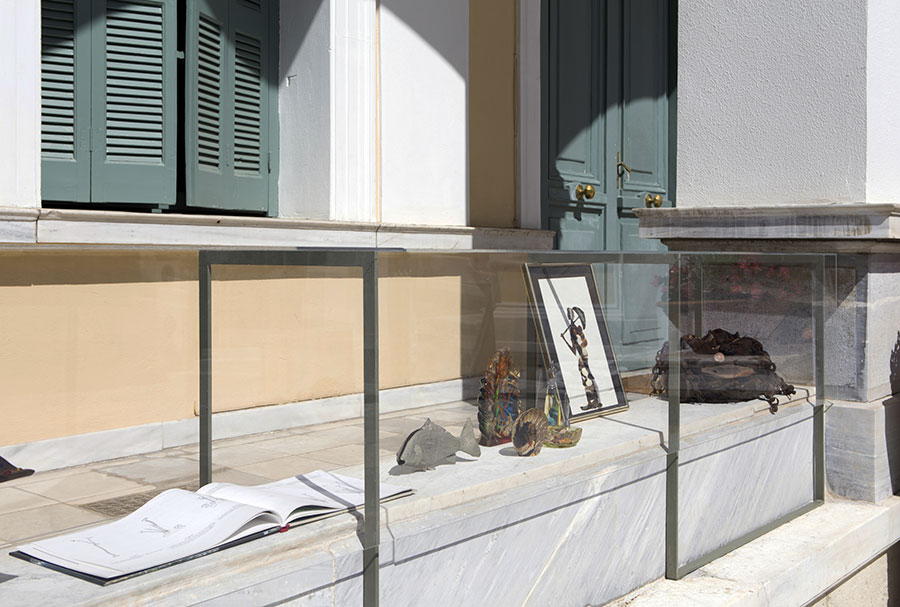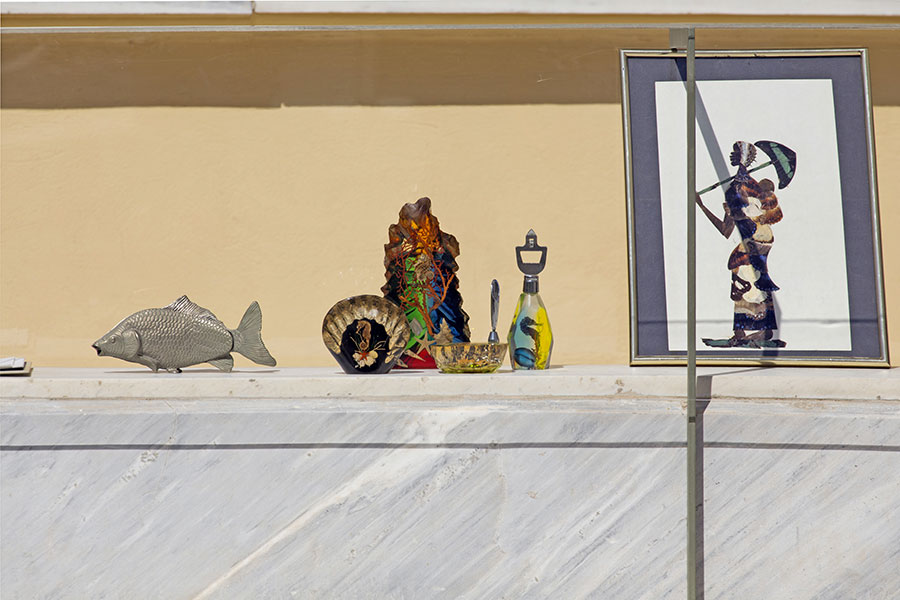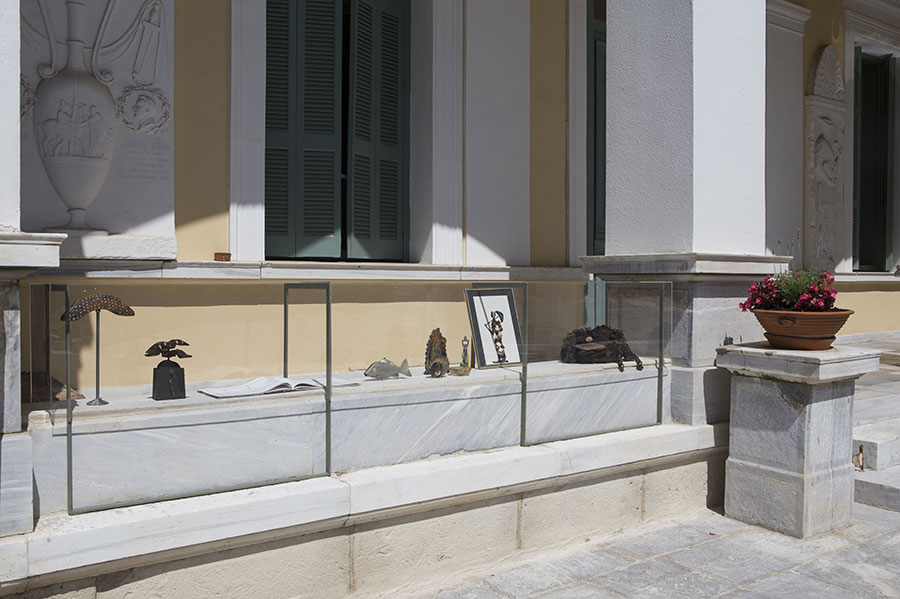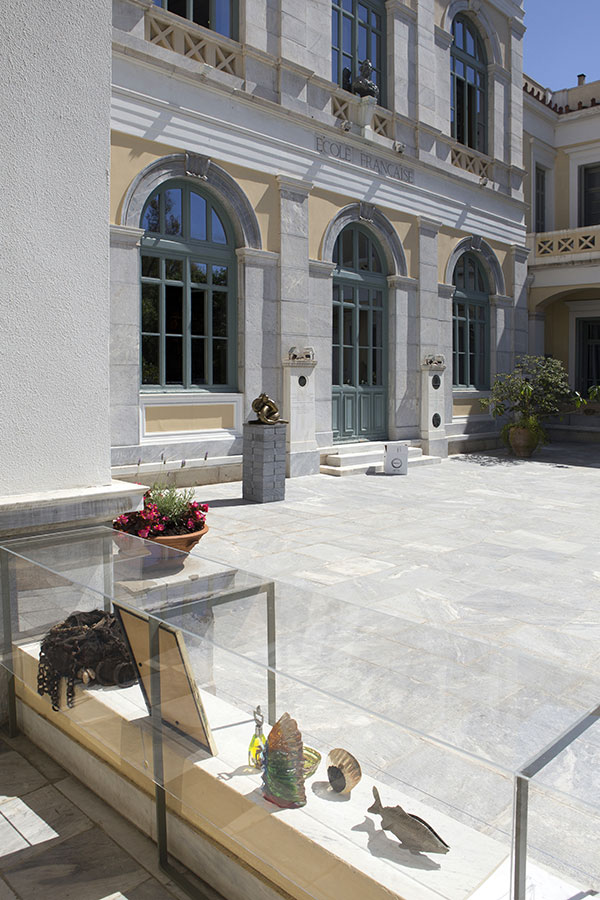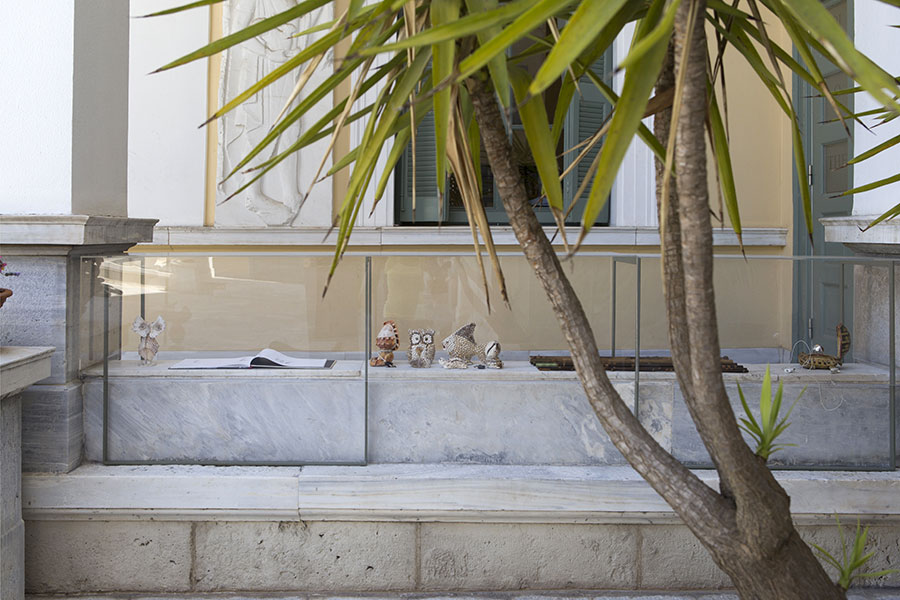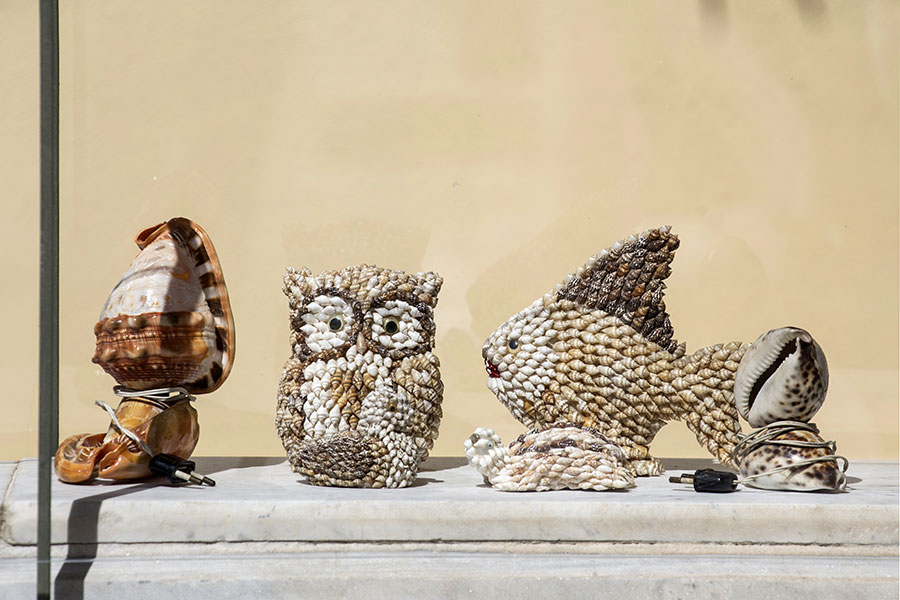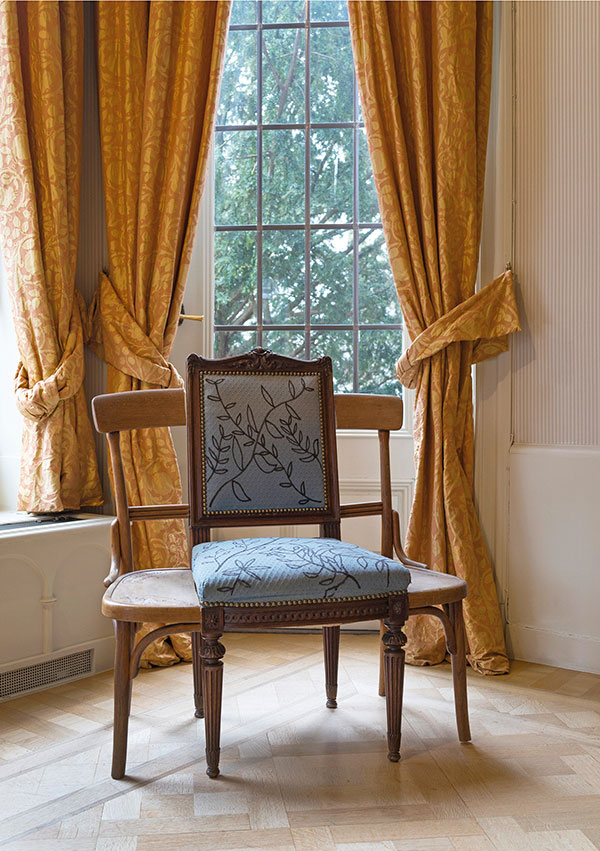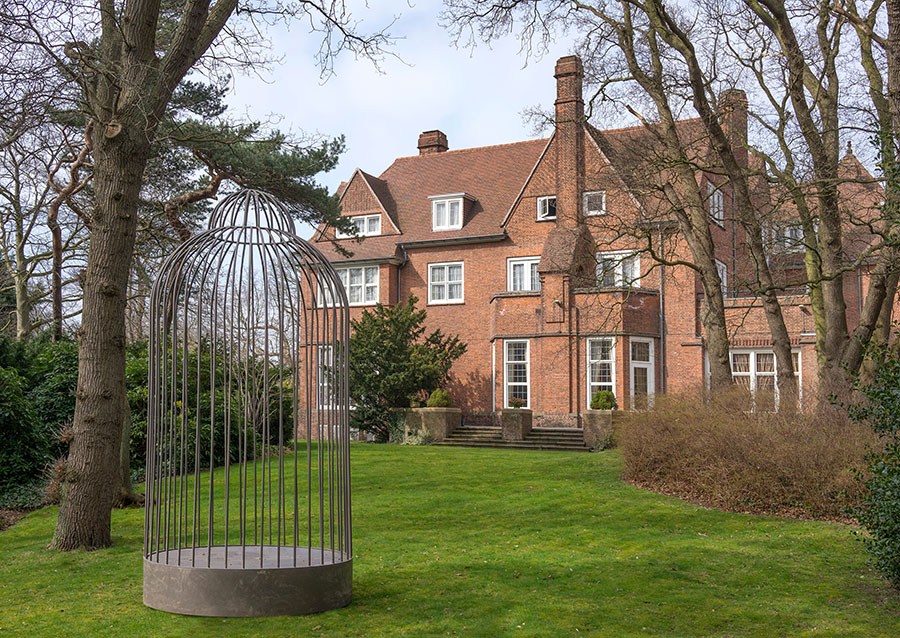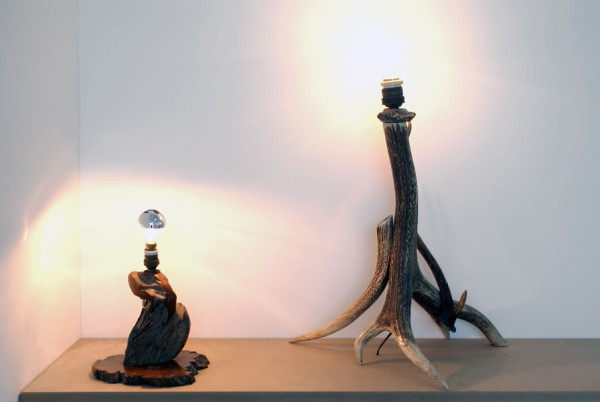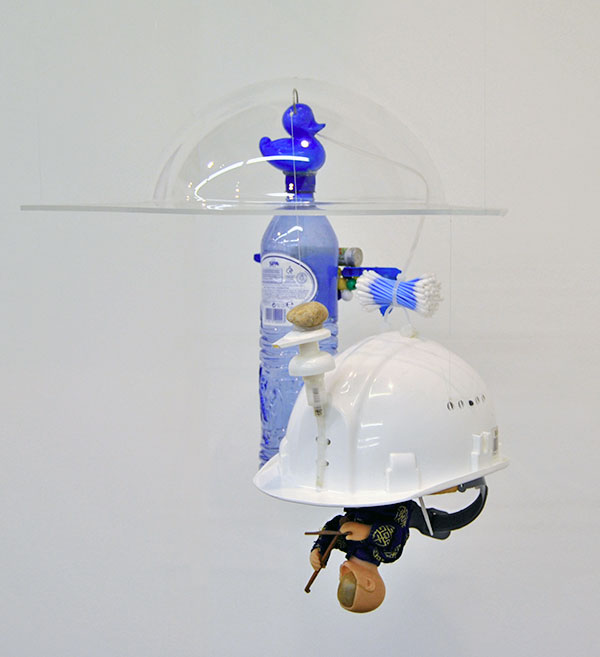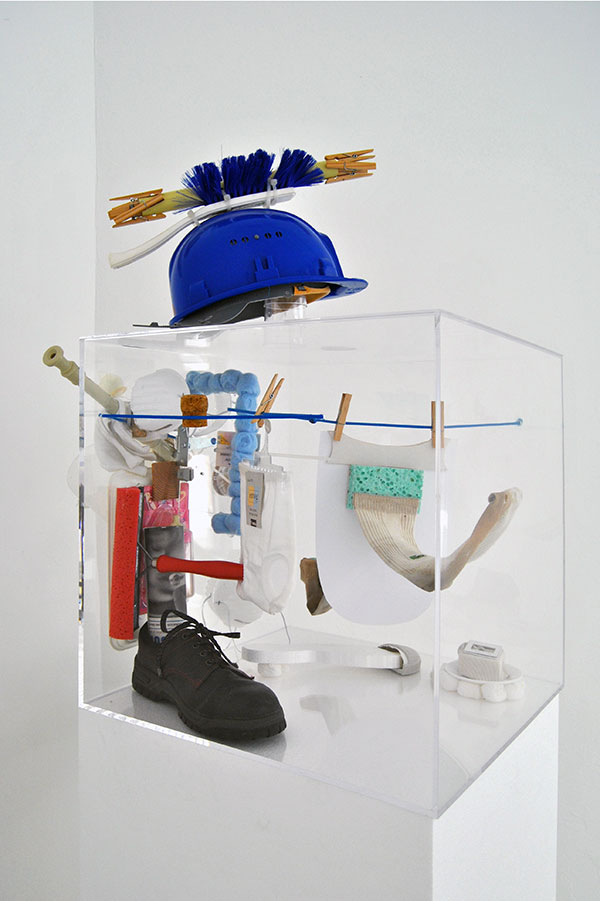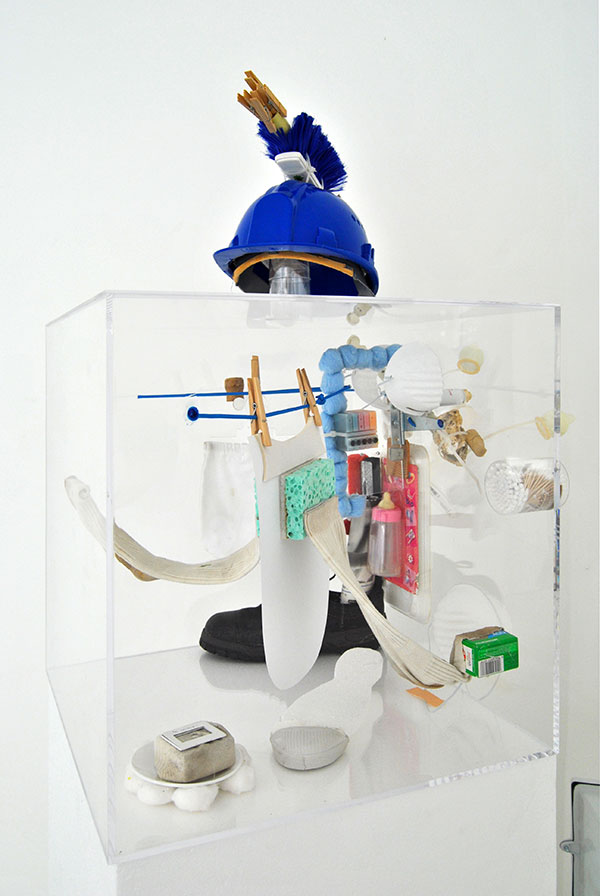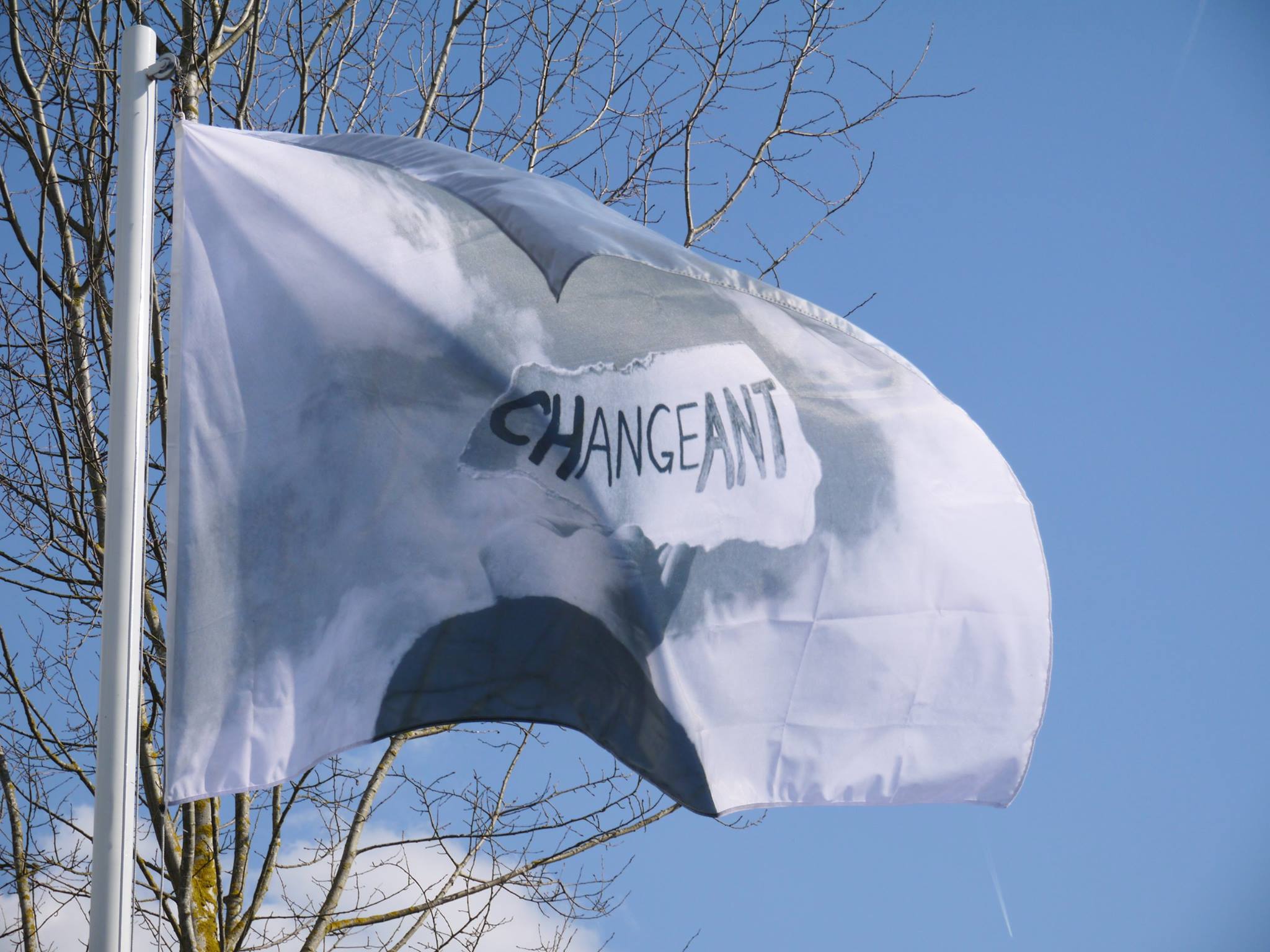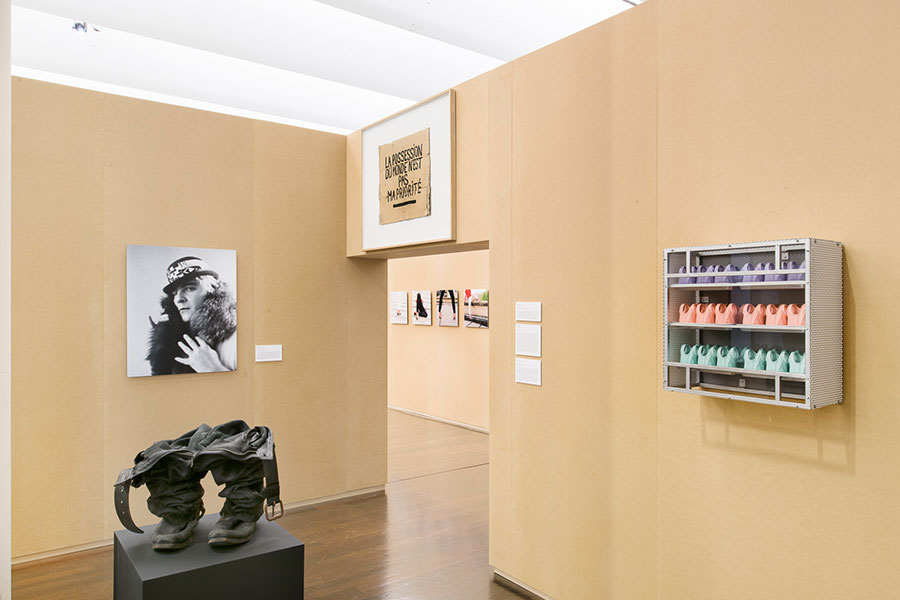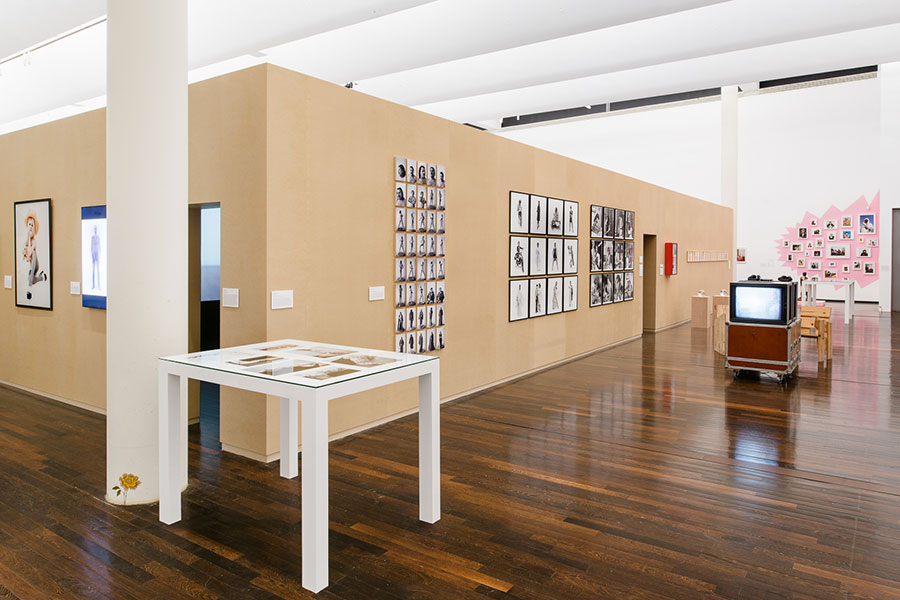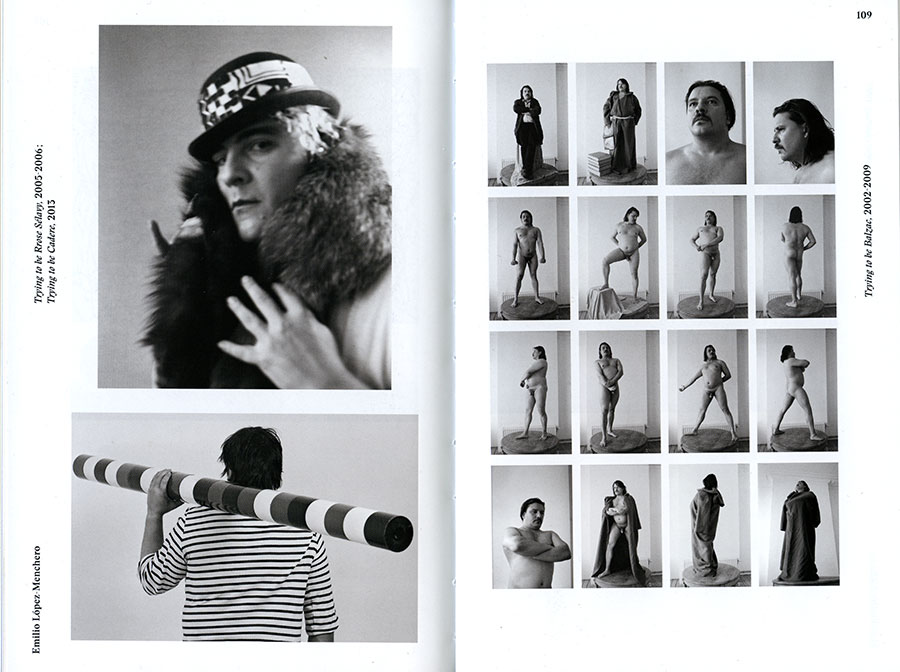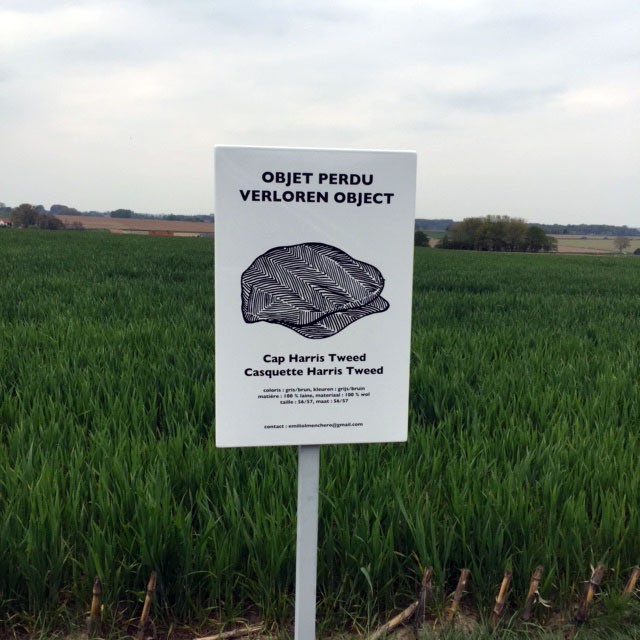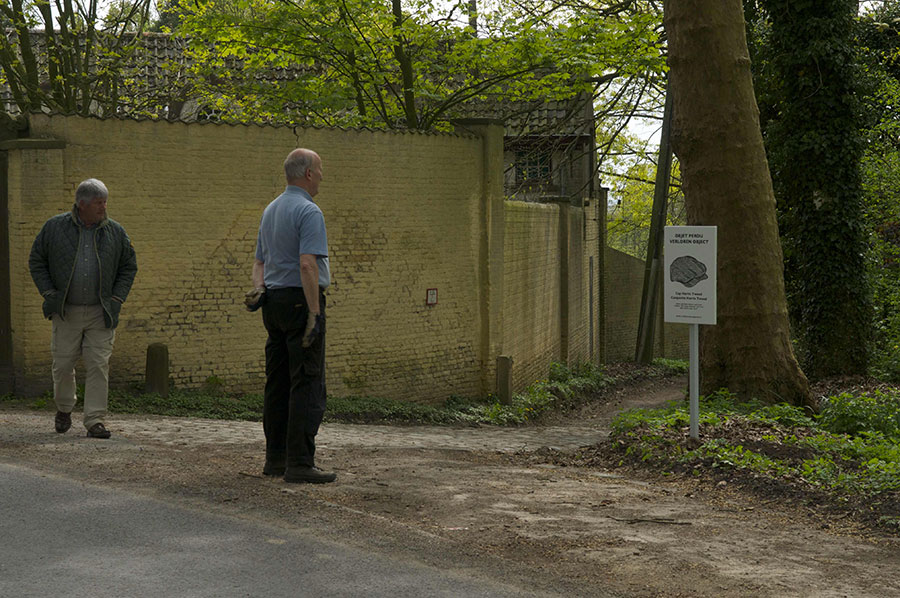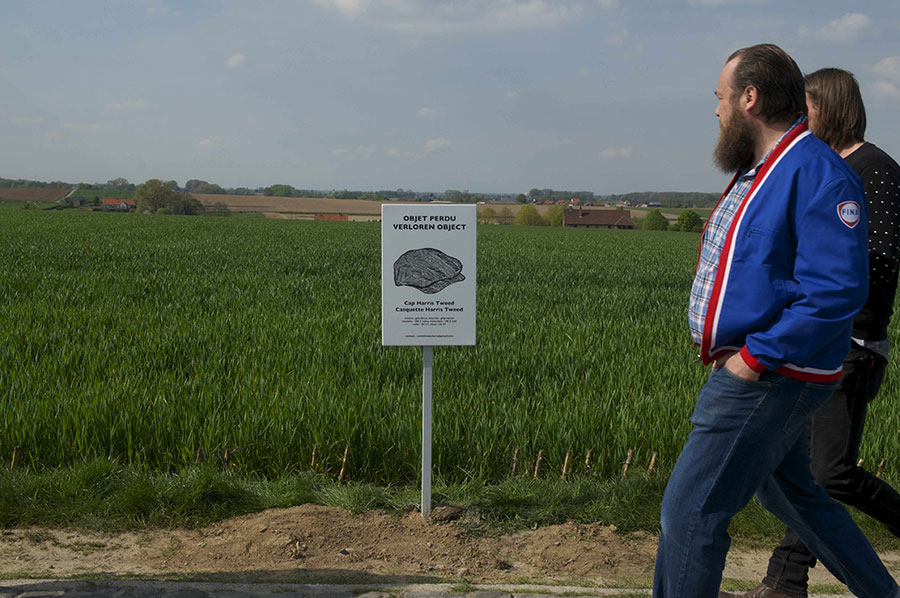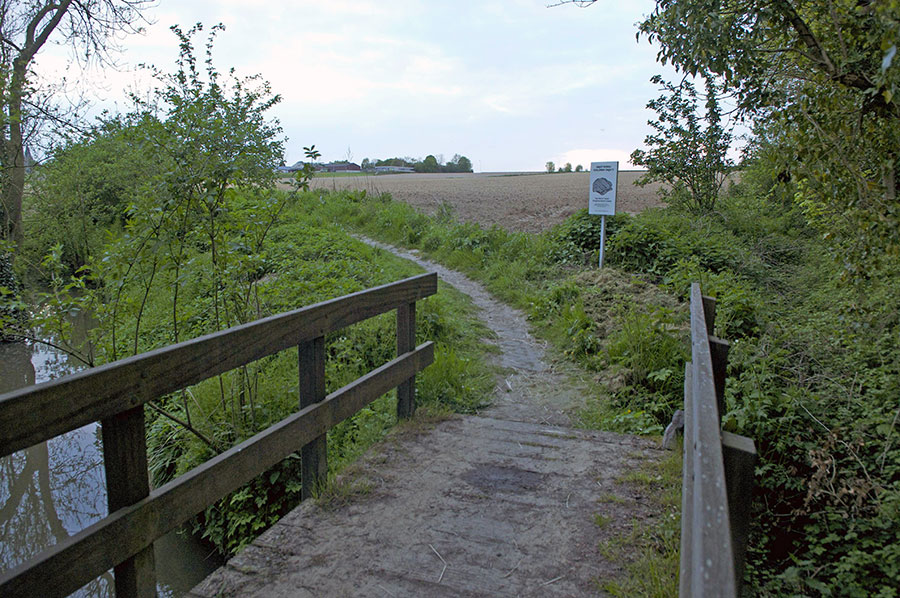A l’occasion de l’exposition « Focus » qui se tient à la résidence de l’Ambassade de Belgique à La Haye (Pays-Bas), Walter van van Teeffelen, dresse le portrait de quelques artistes liégeois, publications en ligne sur le site « If the is now ». Rappelons que cette exposition regroupe des oeuvres qui proviennent de la Collection de la Province de Liège. Parmi les artistes concernés, on compte Jacques Lizène, Marie Zolamian ou encore Sophie Langohr.
A chacun, Walter van van Teeffelen a posé cinq questions, sur leurs préoccupations principales, sur l’œuvre qu’ils estiment la plus importante de leur corpus, sur le rôle de l’artiste dans notre monde contemporain. Résultats. Voici la contribution de Marie Zolamian.
Marie Zolamian is constant bezig het vastleggen van de geschiedenissen van personen. Ze tekent, ze schildert, ze maakt installaties, video’s en ze maakt geluidskunst. Op deze manier verbindt ze ervaringen. Haar onderwerpen: identiteit, integratie, geheugen en ontworteling. Zolamian nodigt ons op deze manier uit om vraagtekens te zetten bij onze ideeën en overtuigingen. Met als resultaat dat je waaier van mogelijkheden flink is uitgebreid. Aldus Nancy Casielles, curator en medewerker van BPS 22, het Kunstmuseum van Henegouwen.
Recent maakte ze nog een beeldhouwwerk voor de Biennale “Arts et Métaux” in 2014 in Jehay op aanvraag van de Provincie Luik. Dit werk, een grote ijzeren kooi, met de titel Château intérieur, staat in de tuin van de ambassade. Het ontwerp en uitvoering van de kooi is van Alain de Clerck. Dat Château intérieur verwijst naar Teresa van Avila, een Spaanse heilige en klooster hervormer van de 16e eeuw. Zij was een hoofdfiguur van de christelijke mystieke spiritualiteit en de eerste vrouw die als kerkleraar werd erkend. Haar boeken vormen een van de hoogtepunten van de Spaanse literatuur. Een ervan, geschreven in 1577, heeft de titel Château intérieur, Innerlijke Burcht.
De ziel
Marie Zolamian: ‘Teresa van Avila is een buitensporige vrouw, die ik heel modern vind. Ik heb de Innerlijke Burcht, een mystiek boek, gelezen. Mijn project voor Jehay, mijn kooi, die vragen stelt over het gestolen erfgoed, is eigenlijk die Innerlijke Burcht: “Onze ziel beschouwen als een burcht, helemaal gemaakt uit slechts een diamant of uit een heel helder kristal”.
“Laten we naar onze mooie en heerlijke burcht terugkeren, en zien hoe we er in kunnen komen. Het lijkt net of ik iets doms zeg: daar deze burcht de ziel is, hoef je deze niet binnen te dringen, omdat hij er al is; net als het dwaas zou zijn tegen iemand te zeggen een kamer waar hij al is binnen te lopen. Maar u moet begrijpen dat er meerdere manieren zijn om binnen te zijn (…)”
Gekozen ballingen
Gevraagd naar het centrale thema in haar werk zegt Zolamian: ‘Mijn werk kun je zien als een serie van opeenvolgende gebeurtenissen die uiteindelijk resulteren in een experimenteel verslag van een fictieve volkskunde. De wereld is geglobaliseerd, er is ontworteling die de levensstijl, de gedachten en verhalen van zowel de westerse als de oosterse wereld beïnvloed. Marie Zolamian is zelf geboren in Beiroet, Libanon, maar ze woont al heel lang in België. Daar volgde ze ook haar kunstopleidingen.
Ze kiest een onbekende gemeenschap en gaat vervolgens op zoek naar het erfgoed van die gemeenschap. Wat betekent het dat je behoort tot een gemeenschap? Wat verbindt je met een grondgebied? Zolamian: ‘De ‘gekozen ballingen’ hebben allemaal hun verhaal. Dat is heel belangrijk voor hen en voor de gemeenschap. De persoonlijke band met een plaats of een geërfd object wordt erin vastgelegd.’
‘Het komt uiteindelijk neer op pogingen om integratie te bewerkstelligen. Belangrijke componenten zijn identiteit, traditie en authenticiteit en daarnaast plaatsgebondenheid en cultuur. Dat wordt uitgewerkt door middel van een seriële productie van portretten en van connecties tussen een persoonlijke of een collectieve geschiedenis en de omgeving. Het is een visueel traject, dat goed gearchiveerd wordt. Het begint op een onbekende plaats en het eindigt op een andere onbekende plaats.’
Verloren gegaan familienetwerk
Waarom ze juist dit thema gekozen heeft? Zolamian: ‘Ik weet het niet precies. Onderwerpen en thema’s komen voorbij op wereldschaal. Misschien is het alleen maar een voorwendsel om mijn omgeving en de manier van leven daarin te kunnen begrijpen zodat ik – met een nieuwe taal – een connectie aan kan gaan.’
Haar sleutelwerk is ‘nous partout (we everywhere)’, gemaakt in 2008. Het is een cyclus van dertien olieverfschilderijen op linnen. Marie Zolamian: ‘Het is het resultaat van een familiekern in dertien settingen die ik gehaald heb van zwart/wit foto’s uit de jaren zestig en zeventig van die familie. De familiegroep is een driehoekige compositie waarin je vier kinderen rond een vrouw ziet (de moeder of de grootmoeder). Die compositie is hetzelfde in alle dertien settingen. De karakters lijken onveranderlijk, er is alleen variatie in de kleuren van hun kleding. Hoewel de verschillende plaatsen waarin de familie is uitgebeeld hen weinig lijkt te doen, krijg je steeds meer het idee dat het niet slechts afgebeelde personen zijn, maar dat zij de makers zijn. Hiermee krijgt het werk een nieuwe betekenis. Nous partout wordt zo het symbool van een hybride identiteit, een culturele mix, de zoektocht naar een verloren gegaan familienetwerk en de reconstructie ervan via gefragmenteerde en ‘waardeloze’ informatie, krijgt zo zijn kristallisatie.’
Over de hele wereld
De serie wordt op een groepstentoonstelling in Istanboel getoond in september 2015. Ze is al begonnen met de verzending van de serie. Marie Zolamian, het is al aan de naam te zien, is een Armeense van oorsprong. Haar familie woont over de hele wereld, zoals dat bij veel Armenen het geval is. Zolamian: ‘Daarom stuur ik ieder werk in deze serie naar een ander land. Een is er al in Beiroet (Libanon), andere zullen gaan naar Los Angeles, Jerusalem, Denemarken, Athene ..
Ze is artiest vanaf het moment dat ze op een dag wakker werd en vond dat ze moest doen wat ze het belangrijkst vond: kunst maken. Marie Zolamian: ‘Vòòr dat moment werd ik wakker en stond op om commerciële klussen te gaan doen. Dat waren slechte dagen, ze duurden lang, ………… heel, heel lang. Toen ik eenmaal besloten had dat te doen wat ik graag wilde doen, besloot ik voor de beeldende kunst te kiezen. Ik haalde mijn diploma op de Académie Royale des Beaux-Arts de Liège, afdeling Schilderkunst en ging vervolgens meedoen aan groepstentoonstellingen. Ik kreeg ook een galerie, Galerie Nadja Vilenne. Ik ben vervolgens nooit meer gestopt. Ik zal ook nooit stoppen.’
